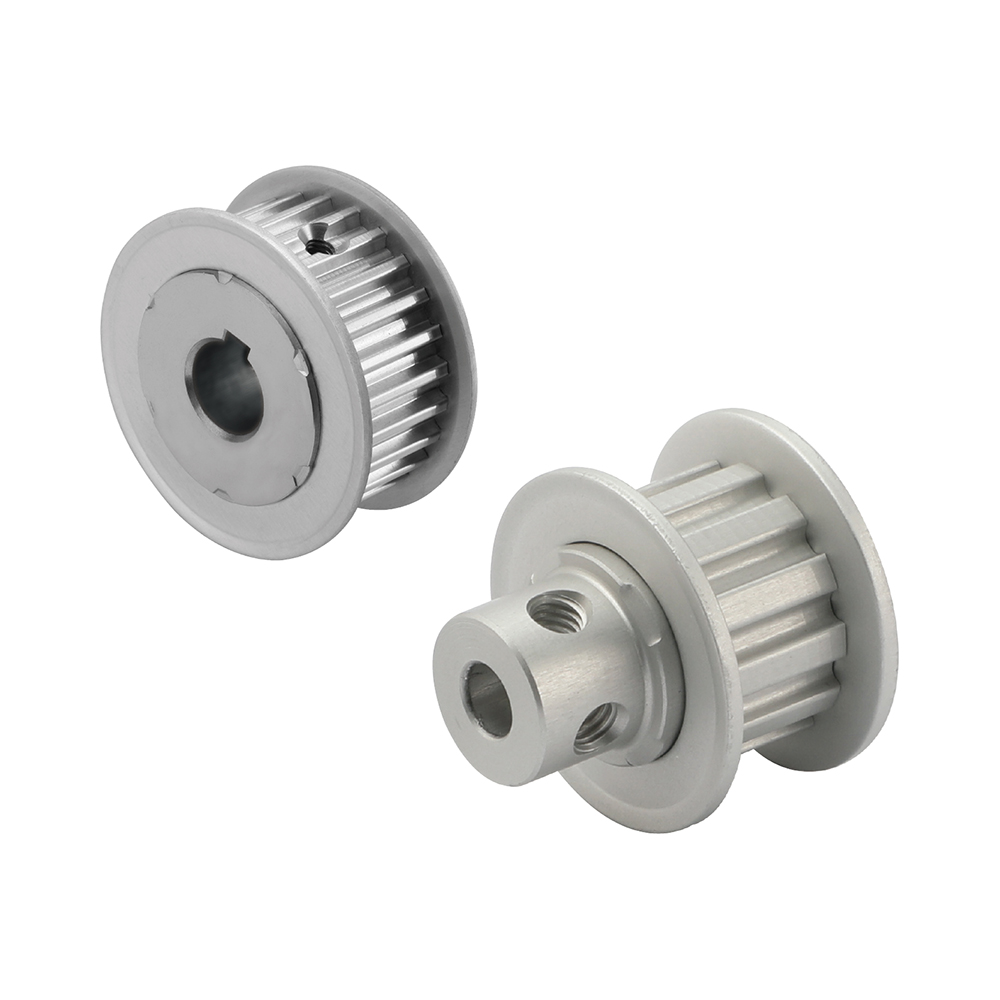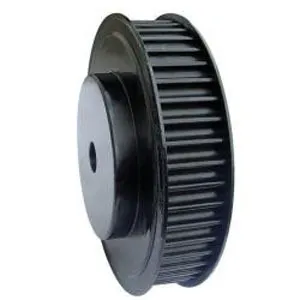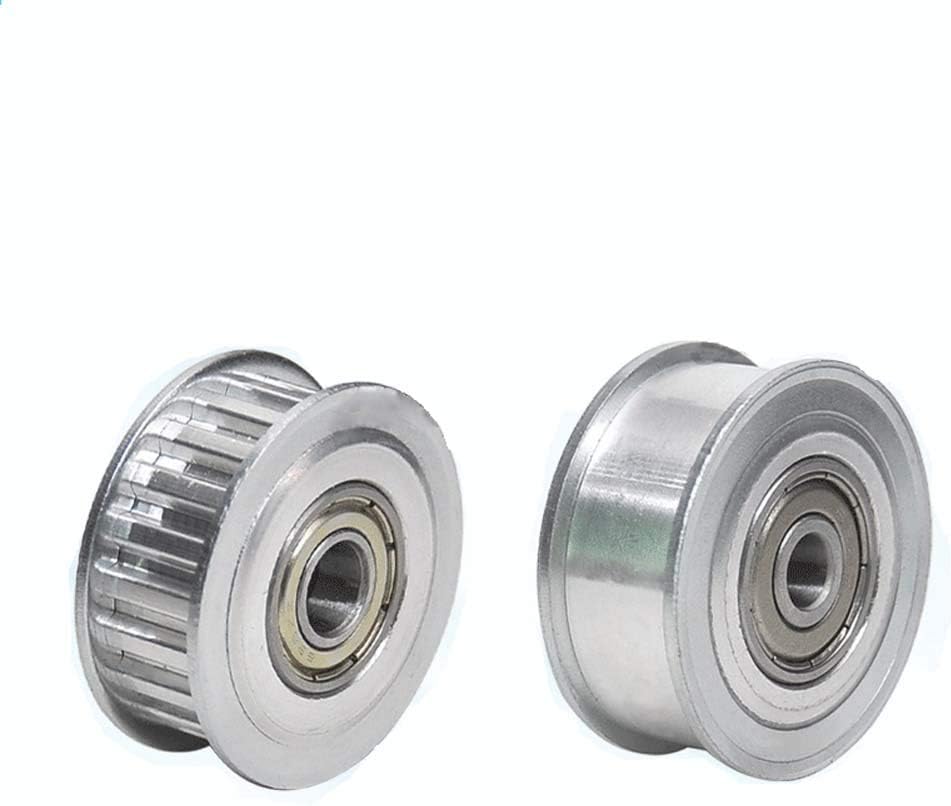Product Description
| Place of Origin: | HangZhou HangZhou (Mainland) |
| Model: | MXL XL L H XH XXH T2.5 T5 T10 T20 AT5 AT10 AT20 3M 5M 8M 14M 20M S2M S3M S4.5M S5M S8M S14M P5M P8M P14M etc and other special models |
| Material: | Stainless Steel, Brass/Copper, Aluminum, POM, and other standard machineable material. |
| Module: | 7-160mm, Max.Diameter:1400mm. |
| Grade: | Can up to GB8, ISO8, JIS4, AGMA8, DIN8. |
| Packing: | Export standard Quality Cartons (With Pallet) |
| Payment: | 30% TT in Advance, balance before delivery |
| Delivery | About 7 Days after receiving 30% T/T payment in advance |
| Surface Treatment: | Anodized, Hard Anodized, Zinc plated, blackening treatment |
| Inspection: | All items are checked and tested thoroughly during every working procedure and after the product is finally manufactured to ensure that best quality product goes out in the market. |
Applicable industry: Electro-machinery, Textile Machinery, Advertisement printing equipment, Food Packaging, CNC machine, Instrumentation, tobacco and so on
Note when checking from and order pulley
1. Belt and pulley of our company can be attached or replaced by imported belt and pulley
2. Please supply drawing when you order. We can also draw for you if you can tell us the
Material, teeth type, teeth number, belt width or teeth width, bore, Threaded hole or
Thru-hole,key and other size you need
3. We can also customize non-standard products for customers
4. Tolerance: conform to customers requirment
5. OEM/ODM service: orrered
6. If you need samples, please contect us. About the sample charge, we can consult it.
| Certification: | CE, ISO |
|---|---|
| Pulley Sizes: | Type B |
| Manufacturing Process: | Hobbing |
| Material: | Iron |
| Surface Treatment: | Electroplating |
| Application: | Chemical Industry, Grain Transport, Mining Transport, Power Plant |
| Samples: |
US$ 0.55/Piece
1 Piece(Min.Order) | |
|---|
| Customization: |
Available
| Customized Request |
|---|

What environmental factors should be considered when using XL pulleys outdoors?
When using XL pulleys outdoors, several environmental factors should be taken into consideration. Here is a detailed explanation of the factors that should be considered:
1. Moisture and Water Exposure:
Outdoor environments often expose XL pulleys to moisture and water, such as rain, humidity, or even direct water contact. It is crucial to consider the pulleys’ resistance to corrosion and rust in such conditions. Choosing pulleys made from materials with high corrosion resistance, such as stainless steel or coated alloys, can help prevent damage and ensure long-term performance.
2. Temperature Variations:
Outdoor environments may subject XL pulleys to temperature variations, including extreme heat or cold. Different materials exhibit varying thermal properties, so selecting pulleys with suitable temperature resistance is essential. Pulleys made from materials that can withstand the anticipated temperature range will help prevent deformation, cracking, or premature wear due to thermal expansion or contraction.
3. UV Radiation:
XL pulleys used outdoors are exposed to ultraviolet (UV) radiation from sunlight. Prolonged exposure to UV radiation can cause material degradation, discoloration, or loss of mechanical properties. Choosing pulleys with UV-resistant coatings or materials that are specifically formulated to withstand UV radiation can mitigate these effects and ensure the longevity and performance of the pulleys.
4. Dust and Particulate Matter:
Outdoor environments often contain dust, dirt, and other particulate matter that can accumulate on XL pulleys. The presence of debris can lead to increased friction, wear, and decreased performance. Choosing pulleys with smooth surfaces, effective seals, or protective covers can help minimize the ingress of dust and particulate matter, reducing the risk of damage and maintaining optimal operation.
5. Chemical Exposure:
In certain outdoor applications, XL pulleys may come into contact with chemicals, such as solvents, cleaning agents, or environmental pollutants. It is crucial to consider the chemical compatibility of the pulley materials with the substances present in the environment. Selecting pulleys made from chemically resistant materials or applying protective coatings can prevent chemical reactions, degradation, or premature failure.
6. Vibrations and Mechanical Stresses:
Outdoor environments may subject XL pulleys to vibrations and mechanical stresses caused by factors like wind, machinery vibrations, or uneven terrain. It is important to ensure that the pulleys are designed and installed to withstand these forces. Reinforcing the pulleys with appropriate structural features, such as additional ribs or thicker walls, can enhance their durability and prevent mechanical failures.
7. Maintenance and Inspection:
Outdoor XL pulleys may require more frequent maintenance and inspection compared to indoor applications. Regular cleaning, lubrication, and inspection of the pulleys can help identify and address any environmental damage or wear in a timely manner. Implementing a maintenance schedule and following manufacturer-recommended guidelines will ensure the pulleys remain in optimal condition.
By considering these environmental factors when using XL pulleys outdoors, it is possible to select pulleys that are specifically designed and constructed to withstand the challenges posed by the outdoor environment. This ensures reliable performance, longevity, and minimal downtime in outdoor applications.

What are the advantages of using XL pulleys in power transmission systems?
XL pulleys offer several advantages when used in power transmission systems. Here are some of the key advantages:
1. Precise Motion Control:
XL pulleys, along with their corresponding timing belts, provide precise motion control in power transmission systems. The teeth on the pulleys engage with the teeth on the belt, resulting in accurate and repeatable positioning. This makes XL pulleys suitable for applications that require precise speed and position control, such as robotics, CNC machines, and automation systems.
2. High Efficiency:
The toothed profile of XL pulleys enables efficient power transmission with minimal energy loss. The positive engagement between the pulley and the timing belt reduces slippage and ensures a high level of efficiency in transferring rotational motion. This efficiency is particularly advantageous in applications where power efficiency is critical, as it helps reduce energy consumption and improves overall system performance.
3. Wide Range of Speed Ratios:
XL pulleys are available in various tooth counts, allowing for a wide range of speed ratios in power transmission systems. By selecting different pulley sizes or combinations, the rotational speed can be adjusted to match the specific requirements of the application. This flexibility in speed ratios makes XL pulleys versatile and adaptable to different speed and torque requirements.
4. Low Noise and Vibration:
XL pulleys and timing belts operate with minimal noise and vibration compared to other power transmission methods, such as gears or chain drives. The toothed design reduces backlash and ensures smooth and quiet operation. This advantage is particularly beneficial in applications that require low noise levels, precision, and reduced mechanical vibrations.
5. Maintenance-Free Operation:
XL pulleys and timing belts are typically maintenance-free components. Unlike traditional belt drives that require regular tension adjustments or lubrication, XL pulleys and belts do not require periodic maintenance. This reduces the overall maintenance costs and improves the reliability of the power transmission system.
6. Compact and Lightweight:
XL pulleys are compact and lightweight compared to some alternative power transmission components, such as gears or chain drives. This compactness allows for space-saving designs and makes them suitable for applications with limited space or weight restrictions.
Overall, XL pulleys offer precise motion control, high efficiency, a wide range of speed ratios, low noise and vibration, maintenance-free operation, and compactness. These advantages make XL pulleys a popular choice in various power transmission systems across industries.

What materials are typically used in the construction of XL pulleys?
The construction of XL pulleys involves the use of various materials, depending on the specific application requirements, load capacity, and cost considerations. Here are the materials commonly used in the construction of XL pulleys:
1. Aluminum:
Aluminum is a lightweight and corrosion-resistant material commonly used in XL pulleys. It offers good strength-to-weight ratio and excellent machinability, making it suitable for many applications. Aluminum pulleys are often used in robotics, automation systems, and other applications where weight reduction is desirable.
2. Steel:
Steel is a durable and robust material used in XL pulleys for applications that require higher load capacity and strength. Steel pulleys provide excellent resistance to wear and can handle heavy-duty applications. They are commonly used in industrial machinery, automotive components, and other demanding applications.
3. Plastic:
Plastic pulleys are lightweight, cost-effective, and offer good resistance to chemicals and corrosion. They are commonly made from materials such as nylon, acetal, or polycarbonate. Plastic pulleys are used in a variety of applications, including 3D printers, medical devices, and smaller-scale machinery.
4. Composite Materials:
Composite materials, such as fiberglass-reinforced polymers, are sometimes used in the construction of XL pulleys. These materials offer a combination of properties, including high strength, low weight, and resistance to corrosion. Composite pulleys are often used in aerospace, marine, and other specialized applications.
5. Stainless Steel:
Stainless steel is chosen for XL pulleys when corrosion resistance is of utmost importance. Stainless steel pulleys exhibit excellent resistance to rust and corrosion, making them suitable for applications in harsh environments or where exposure to moisture or chemicals is expected.
It’s important to note that the material selection for XL pulleys depends on factors such as the application requirements, load capacity, environmental conditions, and budget constraints. Manufacturers consider these factors to determine the most suitable material for achieving the desired performance and reliability in specific applications.


editor by CX
2023-10-07